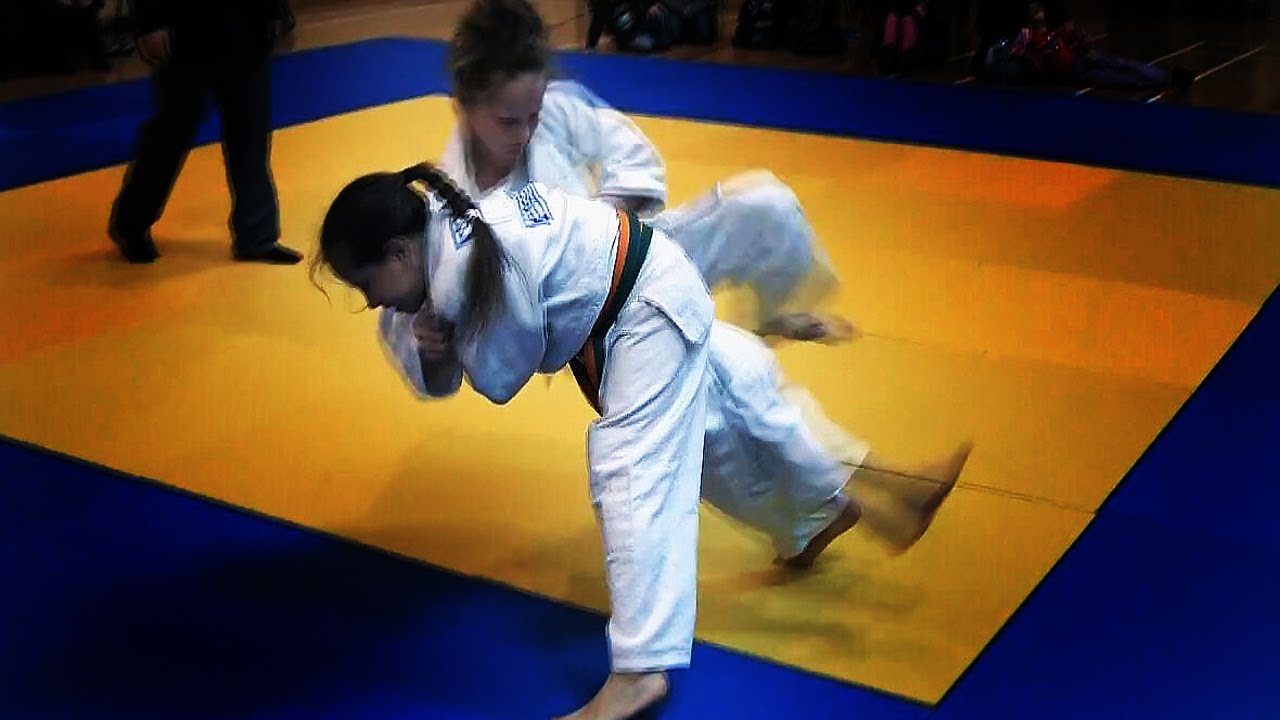3 Top Hacks to Be a Better Martial Arts Teacher & Vid of Master in Action!

VIDEO: See INSANE moves by a Judo master!
Kuzushi
The art of breaking your opponents balance takes time to not only understand, but to feel. It is important to feel where your opponents bodyweight is and to adjust the next step ( your entry) accordingly. The kuzushi is probably the most important aspect of a technique because your opponent needs to be off-balance in order to throw them.
You know if your opponent is off-balance with forward throwing techniques because they will be up on their toes.
Tsukuri (entry)
Your entry is another fundamental aspect needed to throw your opponent successfully. Your entry needs to be powerful as this makes the next step (the throw) easier. The Main things to look at when practicing the entry is speed, depth and posture. You must enter quickly with your supporting leg/legs bent and your posture shouldn’t be bent over.
Kake (throw)
Many coaxhes say that the throw isthe easiest part of the technique. Although this is correct in theory it isn’t always the case. The throw needs to be fast, controlled and requires a lot of feeling. This feel takes time and hundreds of repetitions to acquire. When executing the throwing aspect you must be able to adjust to your opponent resisting and squirming to evade the technique.
To be elite you need to be:
– Aerobically fit: You must be able to complete a 2.5 hour randori session in Japan
– Anaerobically fit: You must be able to fight a 5 minute fight
– Explosive; have the ability to explode at any second for a throw
– Agility; to defend your opponents attacks and escape throws
– Technically sound; have good competition execution of throws, submissions and pins
– Full body strength-endurance; to be able to last a 5 minute fight using all your muscle let alone lungs
– Maximal strength; have the strength to execute a pick up
– Flexible; be flexible enough to bend your way in and out of throws and escape pins
– Mentally strong; be able to put up with sessions in Japan as well as training day in day out everyday
– Tactical mind; must be able to analyse your opponents and competition tactics on and off the mat
Transition (after the throw)
The transition into ne waza is just as important to practice. Generally when throwing our opponents at training we remain standing. This is due to the fact that staying standing after throwing your opponent demonstrates control over not just your opponents balance, but also your own. Although during competition I encourage all judokas to transition into a ne waza technique this will not only be a great method for self-defense but also a good wayto get a good position in case the referee doesn’t score an ippon.
Strong forward throw
All Judokas must have a good forward throw. Throws such as Harai Goshi, Ippon Seoi Nage, Tai otoshi and Uchimata are techniques that you must know how to execute. Having the ability to turn for a forwards technique results in your opponent either going over for Ippon or sets them up for a backwards technique. I encourage you to consistently work on turning and using your hips as one of the hardest aspects of Judo is to turn in for a throw.
Ashiwaza
Ashiwaza is essential to not only controlling the match, but throwing people too. Good Ashiwaza is usually used to set up a major technique (a combination) or unsettle an opponent who is in the Jigotai position or walking backwards.
Ashiwaza techniques that you should know are attacks such as De ashi harai, Ouchi gari and Ko uchi gari. By mastering these techniques and attacking regularly with them will unsettle your opponent and stop them moving where they want to move.




